Rosetta navigation camera (NAVCAM) images taken on 25, 26 and 27 July 2014. Displayed are the full-frame 1024 x 1024 pixel images with a crop from an interpolated view, processed to enhance the contrast on the nucleus. Underneath each full-frame image you can find a link to download the high resolution interpolated image (10240 x 10240 pixels).
25 July 2014
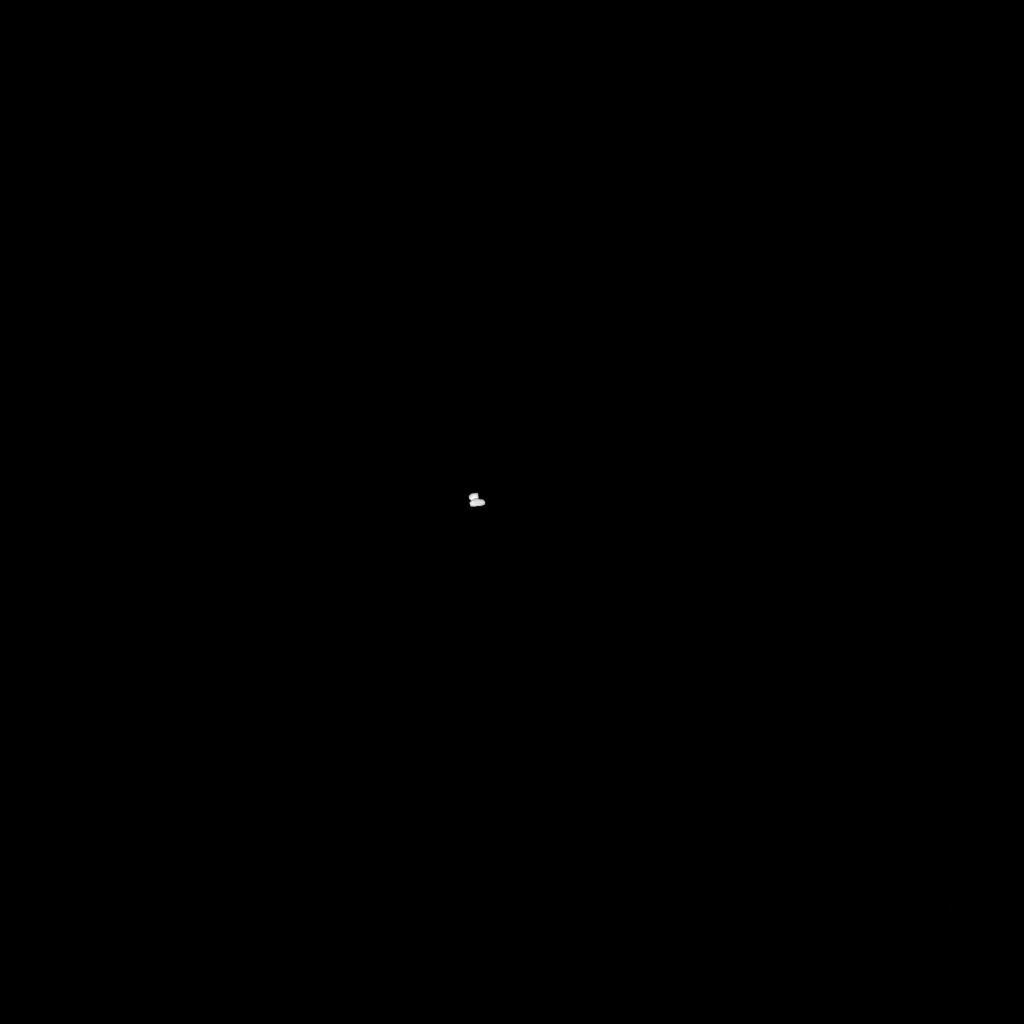
Full frame 1024 x 1024 pixel NAVCAM image taken on 25 July from a distance of about 3150 km from comet 67P/Churyumov-Gerasimenko. Credits: ESA/Rosetta/NAVCAM
View and download interpolated image here.
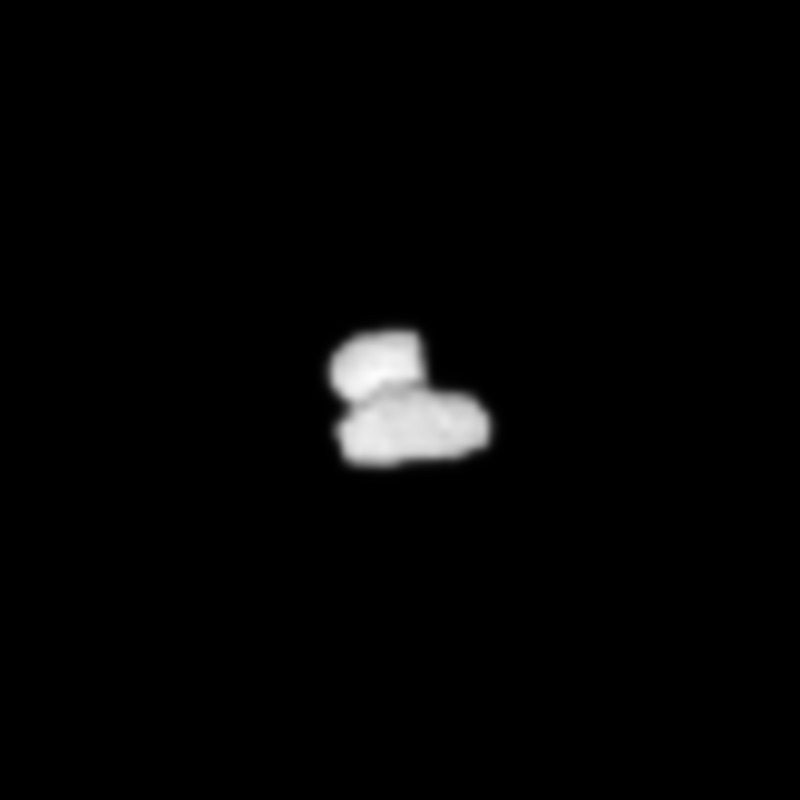
Crop from the 25 July processed image of comet 67P/Churyumov-Gerasimenko, to focus on the comet nucleus. Credits: ESA/Rosetta/NAVCAM
26 July 2014
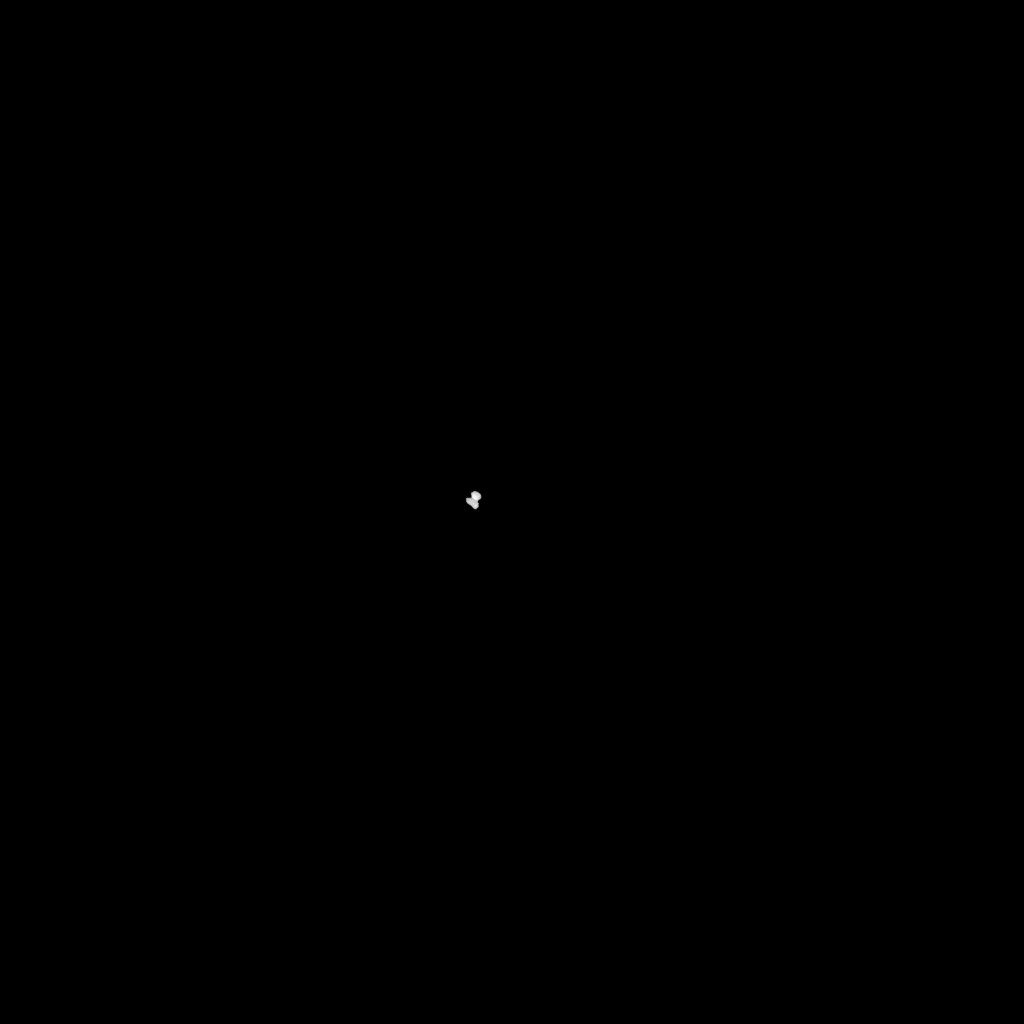
Full frame 1024 x 1024 pixel NAVCAM image taken on 26 July from a distance of about 2845 km from comet 67P/Churyumov-Gerasimenko. Credits: ESA/Rosetta/NAVCAM
View and download interpolated image here.
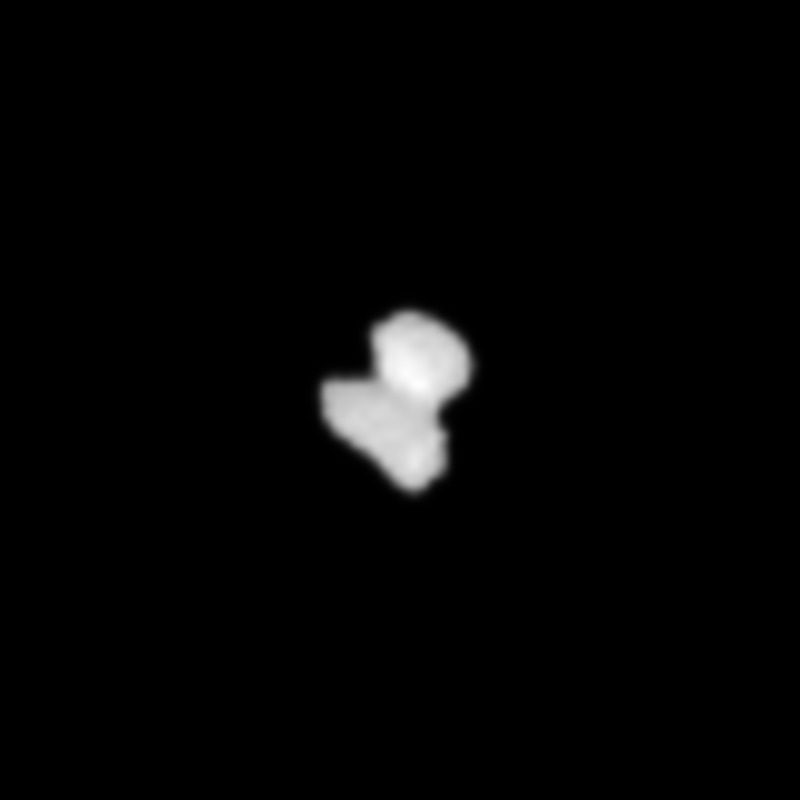
Crop from the 26 July processed image of comet 67P/Churyumov-Gerasimenko, to focus on the comet nucleus. Credits: ESA/Rosetta/NAVCAM
27 July 2014
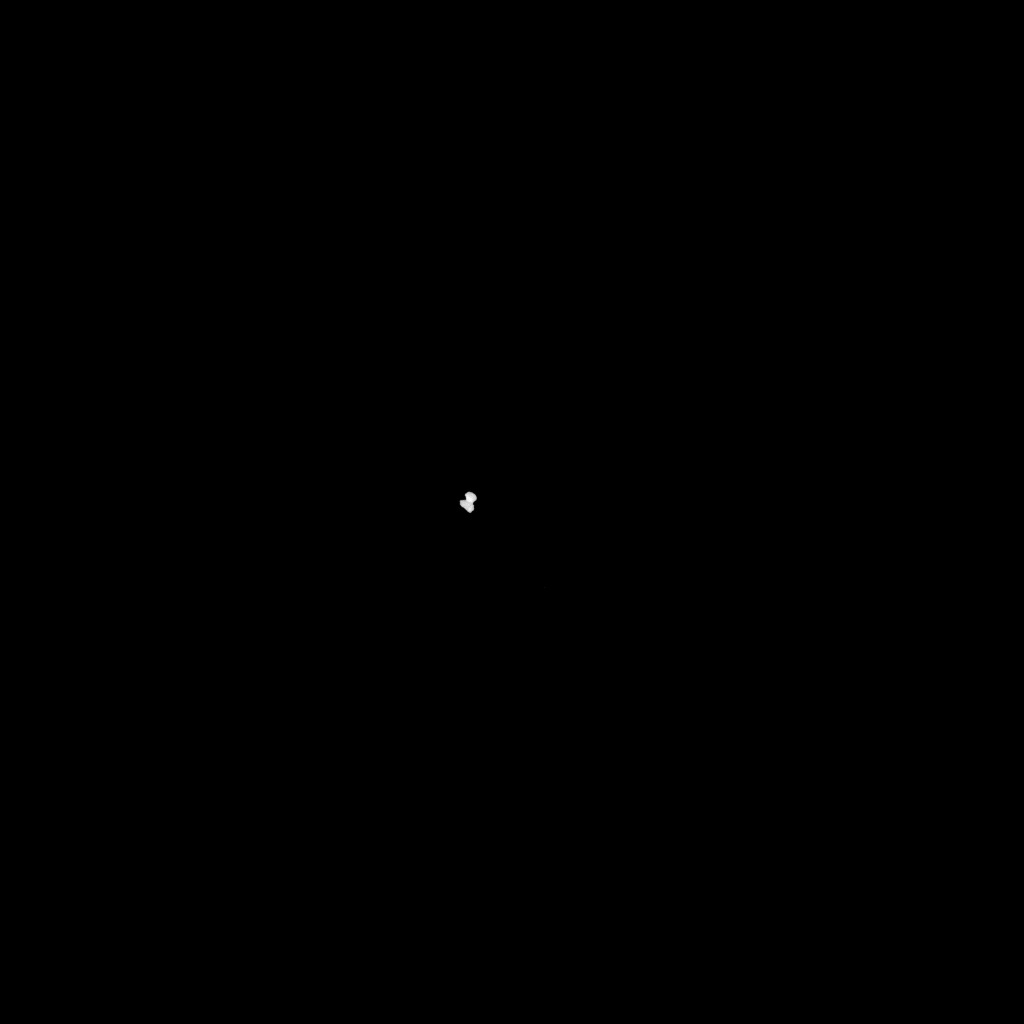
Full frame 1024 x 1024 pixel NAVCAM image taken on 27 July from a distance of about 2540 km from comet 67P/Churyumov-Gerasimenko. Credits: ESA/Rosetta/NAVCAM
View and download interpolated image here.
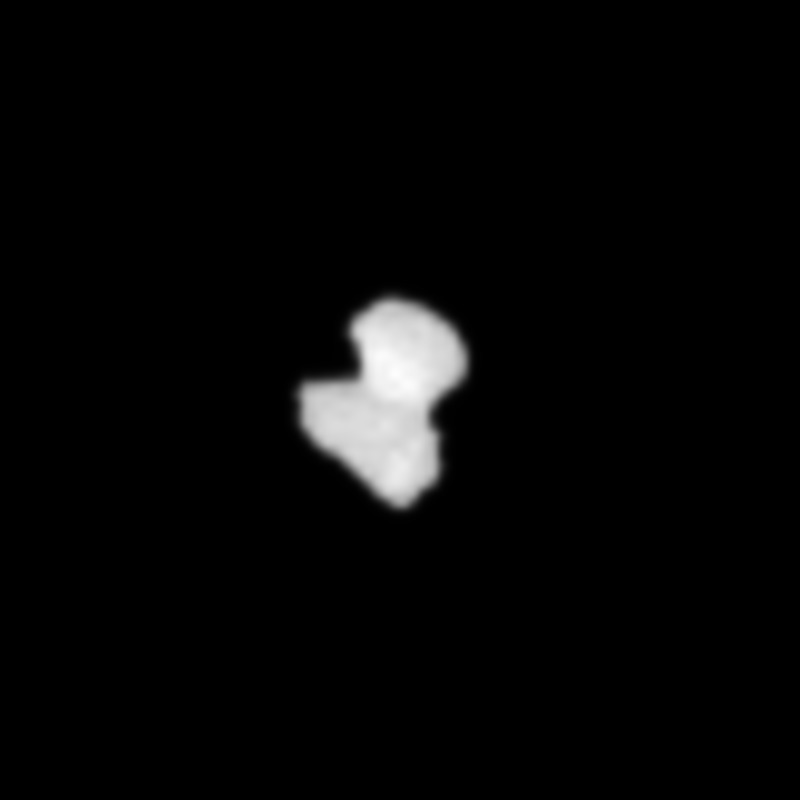
Crop from the 27 July processed image of comet 67P/Churyumov-Gerasimenko, to focus on the comet nucleus. Credits: ESA/Rosetta/NAVCAM
Image releases are planned for every day this week at around 15:00 CEST, to showcase the NAVCAM image from the previous day.









Discussion: 15 comments
YAY! getting better everyday
Awesome!
Do the Navcam images – processed to the limit – or any recent OSIRIS images for that ,matter show any coma or jets? Or will the arrival feel like visiting an asteroid? (Already saw an astronomer misname C-G as such.)
I have a question concerning the relative speed to the comet. After the latest FAT burn the approaching velocity was about 3.5m/s. Does this velocity stay the same afterwards until the next burn ? Or is there a change (for another reason than friction, as there should be none in space…). Reason for asking is the distances reported to the comet are not decreasing linearly. I realize Rosetta is in space following an elliptical (?) trajectory, but I am surprised about the large deviations from a linear approach… Just wondering.
both Comet and Rosetta’s trajectories are elliptical, orbiting the sun. in rendez-vous approach, the relative speed vector orientation and relative speed varies a lot. in space, it’s nether as simple as pointing toward target and going forward.
there is always change to velocity in space, it’s called gravitation 🙂
Fantastic! Have you selected a landing spot yet? I’d guess at where the “duck’s” legs should be would be the safe place to land, but would the interesting / exciting place be ‘in the saddle’ behind the duck’s neck?
There’s a lot to do still before selecting a landing site – check out this post for an idea of the timeline and some of the conditions that have to be considered: https://blogs.esa.int/rosetta/2014/07/28/updated-comet-shape-model/
Actually if it could be managed, a landing in the vicinity of the ducks tail would be a very interesting place to be. There would be one heck of a horizon view in the direction of the head.
Could you please indiocate the direction to the sun, so one can estimate where the shadow hides parts of the body from us or where there is no body?
Thanks
The Sun is approximately ‘behind’ Rosetta. Not exactly so, but you can see that the comet face is illuminated. If it’s helpful, check out this tool to look at the relative positions of the Sun and Rosetta+comet https://sci.esa.int/where_is_rosetta/
More and more interesting !
I’m surprised about the nucleus shape. What could be the reason for the chest? Two parts glued together or more vaporization in the middle during the last billion years? Is Rosetta able to tell the story? The last option means the origin environment in space was very inhomogeneous.
HI Stephan, you might like to check out this earlier blog post that offers some ideas for the comet’s shape https://blogs.esa.int/rosetta/2014/07/17/the-dual-personality-of-comet-67pc-g/ -Rosetta will certainly be in the best place to find out!
The best place to land must be where the two pieces were melted. Dont you think?
I am curious…. Why do not stars appear in this and other related images?